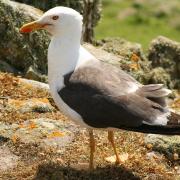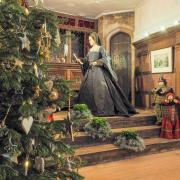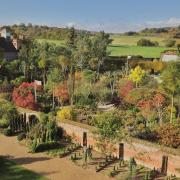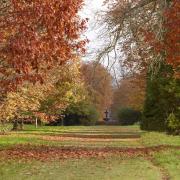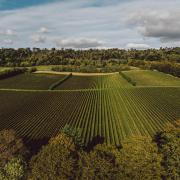May is a time when spring has firmly established itself across the country. The flowers are blooming, butterflies are on the wing, and birds are raising the next generation. Gardens, local green spaces and the wider countryside becomes a hive of activity as birds pair-up, build nests, raise chicks and defend their territories. One of the most beautiful spectacles of spring is the dawn chorus, which typically commences an hour before sunrise. It may sound early, but we urge you to set your alarm, go outside, join an RSPB guided walk or simply open a window and just listen. The birds’ symphony of layered sound is an incredible uplifting way to start the day.
Birds start to sing as the new day begins from around March to July, and May is a great time to listen to this particularly lively morning birdsong known as the dawn chorus. This incredible cacophony of birdsong starts early in the morning and can go on for several hours. But why do they bother to sing at all? Spring means that it is the breeding season for many species, so the dawn chorus is a way for birds to defend their territories and to attract a mate. These are two important factors if they are to ensure their genes are passed down to the next generation.

Although it is an early start, it is well worth getting up to listen to the dawn chorus at this time of year whether you’re in a city or the depth of the countryside. Listen out for familiar garden birds like the Robin, which sings with a quick and slow, soft and loud voice. This is one species you may have heard singing during the winter months, as they are known to sing near streetlights. A flute-like melody is added to the morning by Blackbirds, and when the sun comes up and the day progresses you will see that the males live up to their name but, confusingly, females are brown often with spots and streaks on their breasts. The bright orange-yellow beak and eye-ring make adult male blackbirds one of the most striking garden birds.
Song Thrushes can be heard with their loud song with repetitive phrases, and Woodpigeons add their soft ‘cooing’ to the morning. This species is the UK's largest and commonest pigeon, and the morning sun will reveal they are largely grey with a white neck patch and white wing patches. Great Tits add their ‘Teacher Teacher’ song, and the delicate call of Blue Tits can also be heard. A colourful mix of blue, yellow, white and green makes this species one of our most attractive and most recognisable garden visitors.








